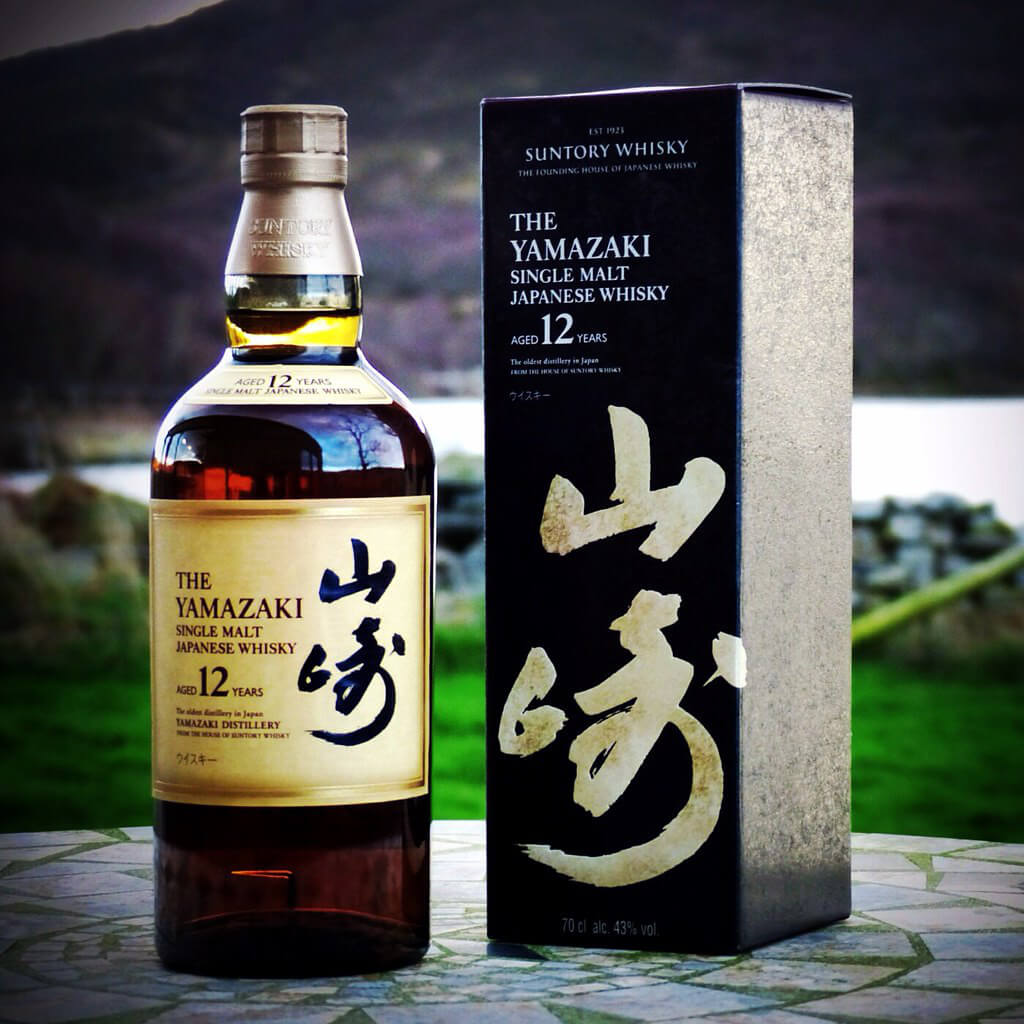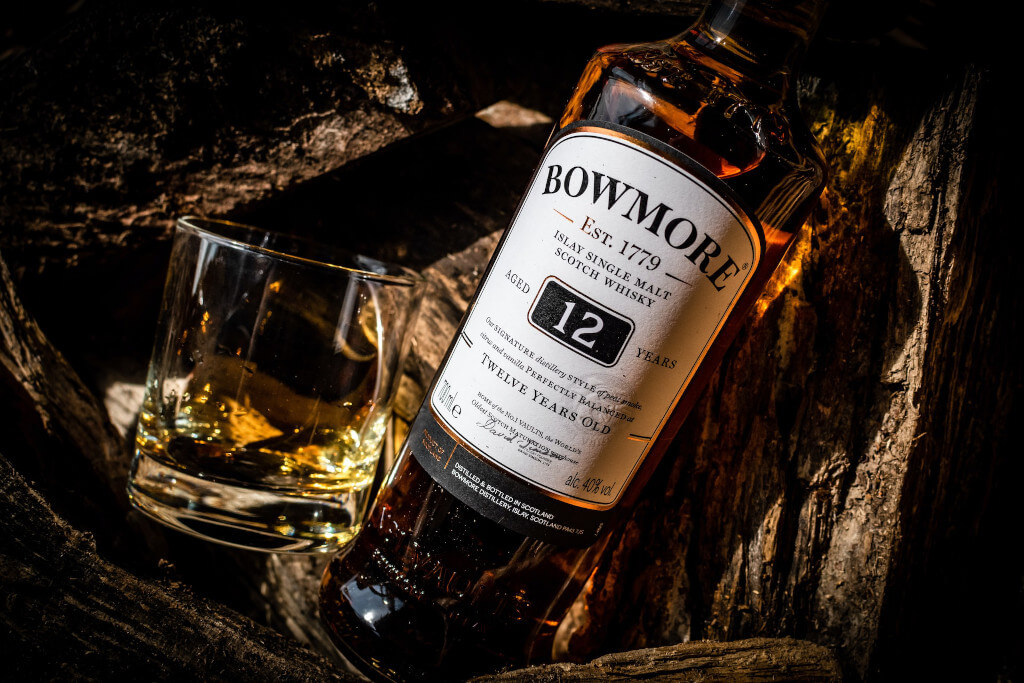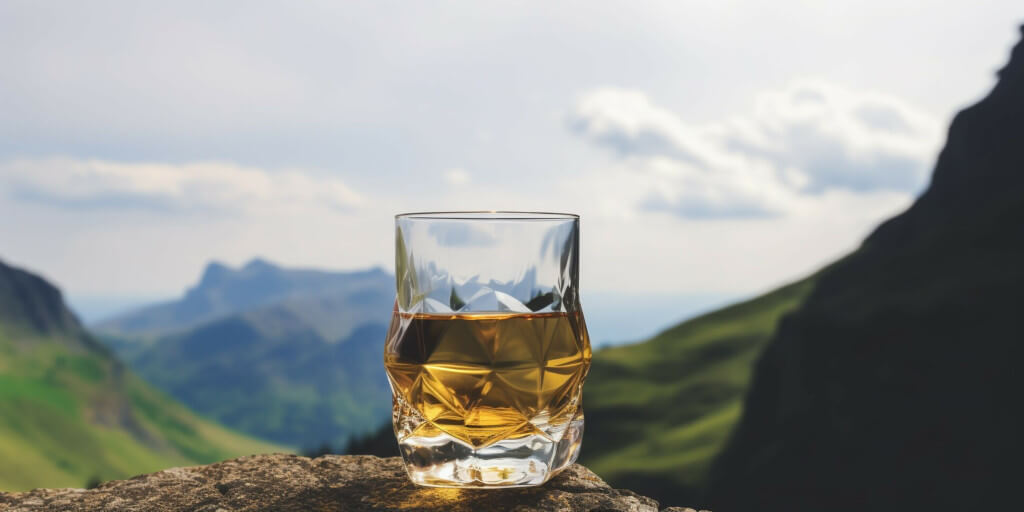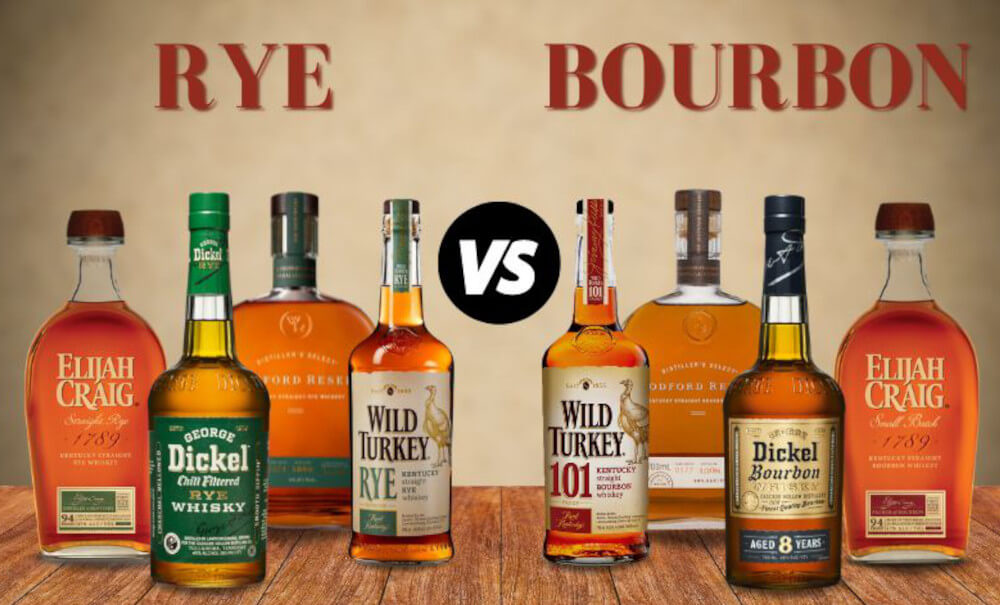What Defines Japanese Whiskey?
The Japanese find beauty and wonder in nature’s ephemerality, diversity, and abundance. The Japanese consider nature to be their inspiration, as it has blessed them with dense woods, verdant fields, and towering mountains. There is a special sensitivity and reverence for nature in every sip of Japanese whiskey. The Yamazaki distillery, Japan’s first and oldest malt whiskey distillery, opened in 1923, and since then Japanese whiskey makers have drawn inspiration from the beauty of nature and the intricacies of the seasons to create their distinctive whiskies.
The three rivers Katsura, Uji, and Kizu confluence outside the distillery, creating a humid climate not unlike that of Scotland, which contributes to the success and perfection of the whiskey produced in this area just outside of Kyoto. Originally called “Minaseno,” this area’s extremes in temperature and humidity—including very hot and humid summers and very cold and dry winters—provide the ideal conditions for whiskey maturation and cask-aging.
Japanese Whiskey Processes
Craftsmanship is highly valued in Japan, and whiskey makers there are renowned for their meticulous attention to detail. Distilleries put forth a lot of effort to create the ideal conditions for making their wares. Whiskey is made from river water, and this water is kept very clean so that it may be used in the distillation process. Meanwhile, local distilleries make use of the wet climate in Japan to age their whiskies for longer. Native woods, like mizunara (Japanese oak), are preferred by producers for making aging barrels. The result is a smoother taste and a more fragrant scent in the liquor.
Blending and mixing spirits from different barrels is a big deal in Japanese whiskey, resulting in nuanced and robust hybrids. The flavor profiles of Japanese whiskey tend to be quite varied. The choice of cask, from bourbon and sherry to re-charred, as well as the yeasts and stills used, contribute to the unique flavor profile of each variation.
How to Make a Killer Highball
Since Suntory aired a campaign some years ago encouraging the consumption of highballs, they have become extremely popular in Japan. Whiskey, carbonated water, and ice are all that go into this drink. Don’t be fooled by its unassuming appearance; the Japanese highball is a true work of art. The highball in Japanese bar culture exemplifies the strictness that permeates the country’s drinking culture. Everything from the artistic garnish to the origin of the water to the presentation of the glass is carefully considered, even down to the form and clarity of the ice, which may even be hand-carved at more upscale establishments.
Disruption to Japanese Whiskey Production
Japanese whiskey has been in high demand, and the resulting shortage has disappointed many drinkers. Suntory, like many other distilleries, has been forced to suspend production of several of its most expensive labels, including the Hibiki 17 and the Hakushu 12, both of which were phased out earlier this year. According to Brian Ashcraft, co-author of Japanese Whiskey: the Ultimate Guide to the World’s Most Desirable Spirit (2018), “Seventeen years ago, people weren’t drinking that much Japanese whiskey, so Suntory and (rival distillery) Nikka weren’t making much.” “Unfortunately, increased demand with a scant supply will result in shortages,” he continued.
Despite how dire things may seem, there is hope. Japanese distilleries have responded to the shortfall by developing new, more experimental whiskey mixes aimed at a younger demographic. Japanese whiskey with an age statement is expected to improve in value over time, which is good news for anyone who owns it. Investors and collectors are willing to pay a premium for bottles from long-forgotten brands.
The Standards for Japanese Whiskey Are Changing
The rules and procedures for producing Japanese whiskey and American whiskey are different and must be taken into account when making a comparison between the two. A year of aging is required for Kentucky bourbon, for instance. At least 51% of bourbon is corn, and it is matured in charred oak barrels. In contrast, rye whiskey must be brewed with at least 50 percent rye grain.
So that you know exactly what’s in each bottle, these restrictions are taken very seriously by distilleries. Maintaining this level of uniformity is vital to making a reliable product. You may get a good notion of the bourbon’s flavor profile before you even open the bottle.
In the past, there were hardly any guidelines for how Japanese distilleries must produce whiskey. New regulations were issued by the government in 2021 and will be enforced beginning in 2024. Whiskey must undergo fermentation, distillation, aging, and bottling in Japan. Malted and unmalted grains, as well as water from Japan, can all be found in whiskies. The whiskey also has to mature for three years. The new regulations will hopefully lead to more uniformity in Japanese alcoholic beverages. This is fantastic news for everyone who appreciates high-quality spirits.
Whiskey from Japan is Comparable to Scotch
When comparing Japanese whiskey and American whiskey, it’s important to remember that the flavor of the former is more akin to Scotch than that of the latter. The smokiness of a campfire comes through in the dryness of Japanese whiskey. Many Japanese distilleries use Scottish ingredients, which explains the whiskey’s undeniable peaty flavor. However, Japanese whiskey shares some ingredients with American whiskey, which help to tone down the peat.
Flavor Varieties in Japanese Whiskey Are Subtle But Present
Scotch and Japanese whiskey are not interchangeable terms. In reality, subtle nuances of flavor are what set apart Japanese whiskies. Different flavors can be achieved by altering factors such as the water source and the type of wood used for the barrels. Some Japanese distilleries use exotic wood that can’t be found anywhere else, giving their spirits a unique flavor that can’t be replicated in the United States. Japanese whiskey, on the other hand, is more flexible in its pursuit of refinement, whereas Scotch is more rigid. Japanese whiskey becomes increasingly akin to American whiskies in this respect.
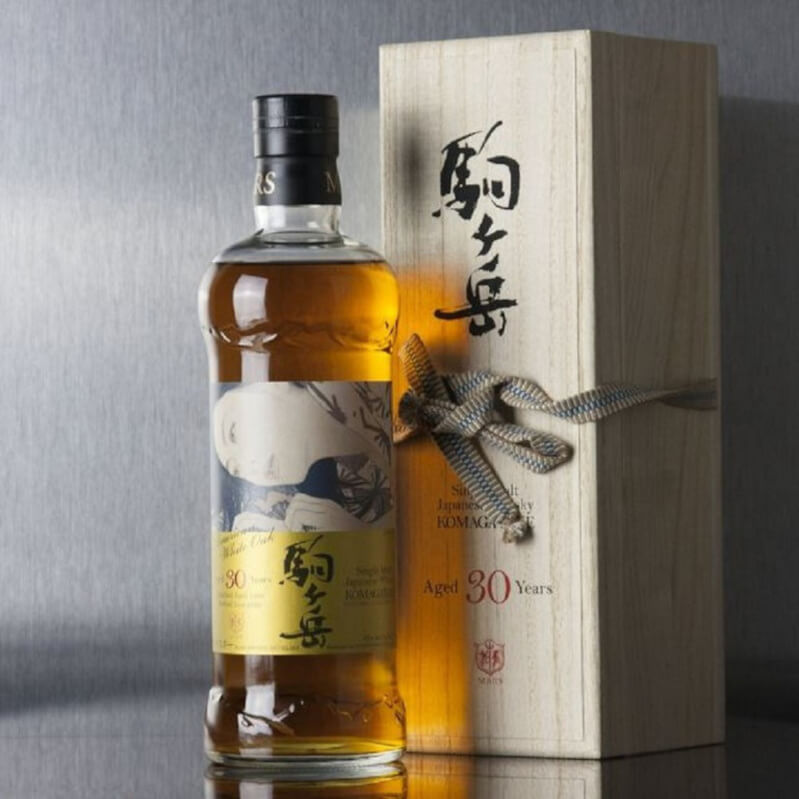
Both Japanese whiskey and American whiskey benefit from a certain amount of artistic license. The flavor of aged whiskies can be affected by anything as minute as the shape of the wood utilized. The quality of Japanese whiskey varies from bottle to bottle. The subtle vanilla and wood notes in American whiskey are a constant, however, fans of Japanese whiskey may not share this opinion.
When comparing Japanese whiskey and American whiskey, you’ll notice that there are significant flavor differences. While American whiskey has a long and storied history, whiskey in Japan is forging its own culture. Both American and Japanese whiskey producers care about the quality of the water they use. They consider not only the water itself but also how higher altitudes affect the boiling point of water. Many Japanese whiskies have a more refined taste because of this.
Japanese Whiskey Has a Drier Flavor Than American Bourbon
Knowing about bourbon will help you appreciate the subtle distinctions between Japanese whiskey and American whiskey. Bourbon, which is made mostly in the state of Kentucky, picks up the flavor of the oak barrels it is aged in. When compared to Japanese whiskey, bourbon’s sweetness stands out. Unlike the less sweet Japanese whiskey, American whiskey includes aromas of vanilla and caramel. The alcohol may have a hint of sweetness due to the use of fruity flavors.
The Rye-Like Dryness of Japanese Whiskey
Rye whiskey, as any fan of American whiskey knows, has a bit more kick than other varieties. The aftertaste of rye whiskey is frequently dry and spicy. Rye whiskey’s dry taste is reminiscent of Japanese whiskey rather than sweeter American bourbon. If you’re trying to decide between Japanese whiskey and American whiskey, you should know that rye whiskey drinkers are more likely to enjoy Japanese whiskey.
Japan’s Whiskey Has the Same Flavour as Bourbon and Rye
There is a lot of tasting involved in deciding which whiskey is your favorite. Japanese whiskey can be enjoyed in the same way as your favorite American distilled beverage. It goes well neat, on the rocks, or even diluted with water. Japanese whiskey is versatile enough to be used in mixed drinks. There aren’t many distinctions between American whiskey and Japanese whiskey when it comes to how they’re consumed. Finding a flavor you enjoy is the most important step.


